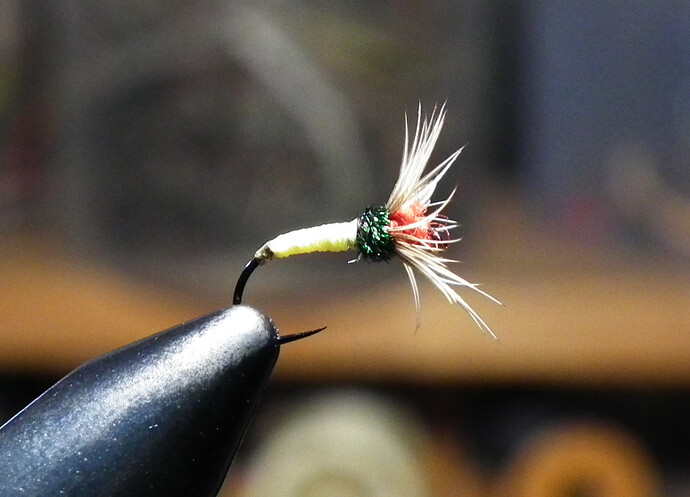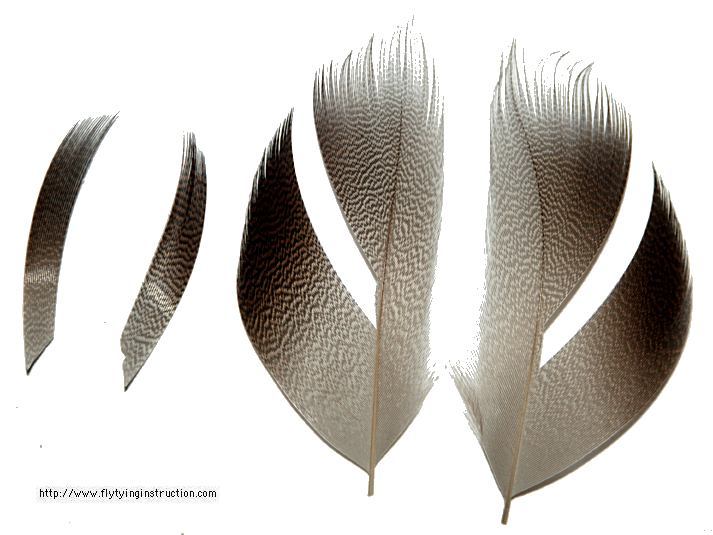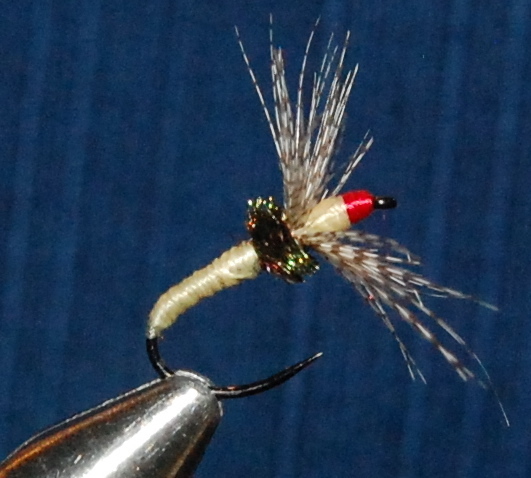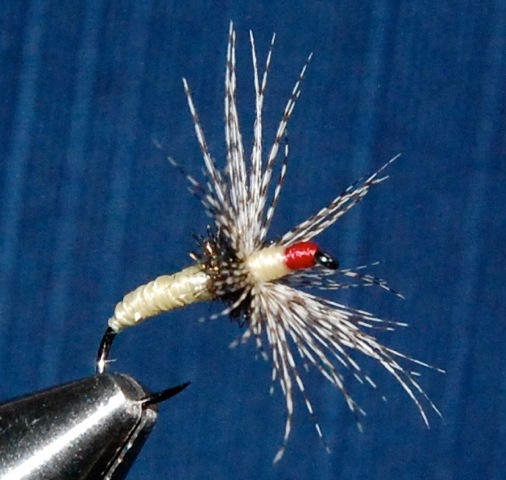In 1990 Weekly Fishing Sunday (週刊釣りサンデー) published both a book and a 60 minute video by Mr Fuji Hiromichi (冨士弘道) titled Modern Tenkara.
The full title is 現代テンカラ―だれでも振れる釣れるアマゴ・ヤマメ (Modern Tenkara - anyone can swing catch Amago-Yamame). Sorry, but I don’t know what English word would be a better translation for 振れ (fure). Swing or Shake seem to be the only choices.
Many of you may already have the book or heard of it. Even though it is written in Japanese, it’s still a fun book to own. Currently 9 of them are listed on Amazon for about $14.
The Modern Tenkara videos:
For maybe three years I had aware that this 60 minute video existed. Last summer I finally found a source where the video could be ordered. Cool stuff if you like seeing 27 year old tenkara videos. In Japan it’s a bargain, 400 yen. < $4. I had Keiichi-san at TenkaraYa order it for me. By the time he added $9 s/h charges within Japan and $14 s/h to me it cost me just under $28. Probably a little less now because today $1 buys you more Yen than it did a few months ago. You can see my order in the custom order section on TenkaraYa.

Video Modern Tenkara part 2 ビデオ 現代テンカラ パ-ト2
I was also aware that a second video existed Modern Tenkara part 2, but I could not find out much about it. I was only aware that it had been made. That changed this evening. I found out that it was made four years later in 1994. And it’s listed on Amazon JP. But it’s higher priced at 1935 yen, 3.8x the price of the first video.

Now here is the cool part. I was expecting the video Modern Tenkara 2 to cost about $35 + a little bit because credit cards never provide the best exchange rate. 50 minutes after I asked Keiichi-san to order it for me my order was completed. You can’t beat that. Sure maybe I could save a few bucks if I set up an account with AmazonJP. But I don’t mind paying a few bucks extra to encourage Keiichi-san to continue being available to assist with the purchase of other items from Japan that may be more difficult or impossible to order myself.
The rest of the story.
You can see all three items on Amazon JP. but the first video shows no stock.
https://www.amazon.co.jp/%E6%9C%AC-%E5%86%A8%E5%A3%AB-%E5%BC%98%E9%81%93/s?ie=UTF8&page=1&rh=n%3A465392%2Cp_27%3A%E5%86%A8%E5%A3%AB%20%E5%BC%98%E9%81%93
The book is available on Amazon.US
The first Modern Tenkara video, is listed on Pulsebit. 10th video up from the bottom. #V306. 400 Yen. If you would want to order it via TenkaraYa. It might be helpful to supply one or both of these links to avoid any confusion:
http://www.pulsebit.com/pulsebit_sakana_video_umitturi_.htm
http://www.pulsebit.com/pulsebit_v306_8742_8743.html
For those not familiar with Fuji Hiromichi, 冨士弘道. Christophe Laurent has 2 good posts about the book and him on his blog:
MODERN TENKARA, BOOK BY HIROMICHI FUJI
http://tenkaraenso.blogspot.com/2015/01/modern-tenkara-book-by-horimichi-fuji.html
Encountering the father of modern tenkara
http://tenkaraenso.blogspot.com/2015/08/encountering-father-of-modern-tenkara.html
Hope this was of interest to the Tenkara old hands here, and newbies too that we hope find their way here. I’m kind of excited to have located a source for the Modern Tenkara part 2 video. ![]()
D




